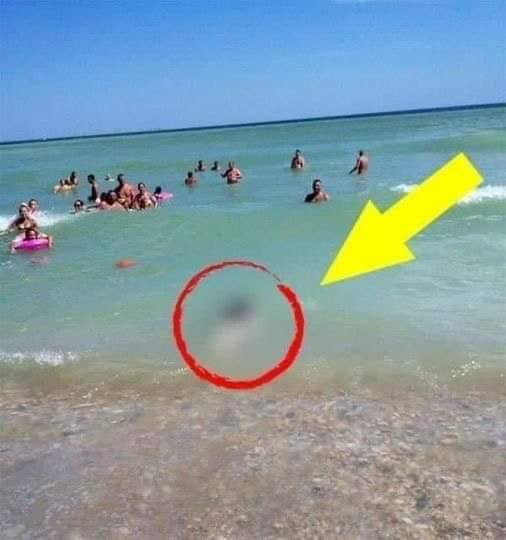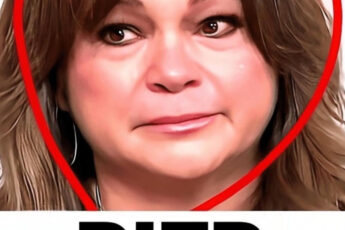When they saw what came up out of the sea, many were shocked. What they witnessed in the water startled tourists visiting the Romanian coast. A wounded dolphin was carried ashore by the waves of the ocean.
Though the dolphin was hauled out of the water, there was little chance for it to survive. According to experts, the creature belongs to the genus Delphinus Delphis.
Its body has several wounds, which were probably caused by fishermen’s nets.
Three species of marine animals can be found in the Black Sea:
Delphinus delphis ponticus is the common dolphin.
Tursiops truncatus ponticus, the bottlenose dolphin
Porpoise in the harbor (Phocoena phocoena relicta)
Both their main food sources and morpho-anatomical traits are different amongst Black Sea dolphins. While fish and other organisms located in the water column are the common dolphin’s diet, bottlenose dolphins and harbor porpoises mostly consume fish and other benthic organisms.
These factors determine the preferred habitats for each species; the common dolphin is typically found in offshore zones, whilst the first two species are primarily found in coastal areas.
The dorsal side of the common dolphin is bluish-gray to brown in color, with a very weak V-shaped lateral boundary. The insertion of the pectoral fins and the lower jaw are joined by a band of pigment that varies in darkness. There are three fin colors: black, gray-brown, and pectoral.
Their size is approximately 0.80-0.95 m at birth. They are no longer than two meters in the Black Sea (males, 177 cm, females, 159 cm). They are extremely vulnerable to noise and chemical pollutants. They usually congregate in pairs or solitary figures, as well as in groups of ten to fifteen people. They can swim up to 50 km/h. They can swim quite fast. They routinely breathe at the surface at intervals of 1/3 second and execute quick dives. They live at up to 70 meters below the surface.
They take two years to reach sexual maturity, ten months to gestate, and four months to wean. They have extremely strong maternal instincts. It is expected that they will live for 25 to 30 years. Little pelagic fish (sprat, anchovy, gobies) and crustaceans make up their primary food, although their bellies frequently contain other species like horse mackerel, cod, bluefish, red mullet, sea bass, shrimp, and mollusks. The amount of food they consume each day is about 10 kg.




